I grew up and still go home to what was originally a residential suburb of the provincial capital of Malolos, Bulacan and part of the parish of Barasoain, that one with the historically-famous “
Today, our old residential neighbourhood has become all-out commercial, as I am just steps away from a hospital, a Jollibee branch, a supermarket, and even a funeral parlor. And it is sadly no longer part of the Barasoain parish, as the greater numbers of the faithful have made it necessary to spin-off parts of the original parish to newly-established ones nearby. And the ten-peso bill is no more.
Nonetheless, I still try to go to Mass in Barasoain Church Barasoain Church
Not long after I was old enough to walk, I would be accompanied by my grandfather to attend the Holy Week processions in Barasoain. In the old days, these were on Holy Thursday and Good Friday. When I was fourteen, my grandfather died, and my father then accompanied me instead. Somewhere along the way, the Holy Thursday procession was advanced by a day, and my father too died. I then took to joining the processions, a few times with my mother, but usually alone.
Even today, with increasingly heavy demands on my time and physical presence elsewhere during Holy Week, I still choose to attend some of this most devotional period’s activities in Barasoain. And over the last few years, even if I may no longer have been able to join the processions, I still make it a point to scrutinize and photograph the processional images and tableaux there. This is actually easier to do than in other parishes in the Philippines
Beginning Holy Tuesday, the carrozas start making their way to the church, and park themselves in rough chronological order along both interior side walls. Throughout the week, therefore, devotees can venerate and admire Barasoain’s famously beautiful processional images and tableaux of the Passion of the Lord in relatively cool indoor comfort.
The carrozas are brought outside only momentarily during the Holy Thursday and Good Friday services to enable more people to be accommodated within. And even then, they are very easily viewable against the impressive backdrop of the Augustinian-style façade of the original late-19th century convento.
It is from both within and outside the church that I’ve been able to take so many photos of these pasos. Let’s view them now in processional order.
Like in most other parishes in the Philippines
Following this is a vintage tableau of a compassionate-looking Christ and the Samaritan Woman by the Well, the latter made of a beaten (and wrinkled) metal sheet.
The line-up has a 1970’s-era Last Supper, unfortunately a rather folksy-looking tableau.
Here we see a strangely serene and static Judas Iscariot attempting to make a hasty exit.
There is also a very new tableau of Christ Washing the Feet of the Apostles, which first came out only in 2006.
All those early years of joining the Holy Week processions, I would walk right behind the 1960’s-era Agony in the Garden, as the owners were family friends of my grandparents. Sadly, the encarna on the images, especially on the little angel, is way overdue for restoration.
There is a very new tableau of what appears to be the Arrest of Christ, rather too static-looking for my taste.
Barasoain’s Scourging at the Pillar is an antique and classically-styled tableau, with sufficiently menacing-looking Jewish scourgers. Too bad about that large round light on top of the pillar – makes the three figures look like fortune tellers.
The line-up also has a 1970’s-era Christ Before Pilate, with a convincing coat of arms on the pediment above Pilate’s throne. A servant boy is also on standby with this scene’s proverbial basin of water.
Another family friend, this one our old family physician (now retired), owns an antique image of the Ecce Homo. This even comes with its own sentry on standby.
There is also an interesting processional image of the Desmayado, actually a new 1990’s creation, in a vaguely-primitive 18th-century style.
The parish’s processional image of the Nazareno, or Pagpasan sa Krus, is a beautiful antique, sadly marred by its sampaguita-vendor treatment.
This image has at least one alternate head, which I saw in the home of one of the caretakers, with a wig swiped from some hippie somewhere.
And extra legs and hands, all with flaking encarna from constant touching by devotees, at that time awaiting restoration.
A newish, 1990’s-era tableau of Christ Meets His Mother is next, with a severely formal, no-nonsense wooden platform as its carroza.
Another recent tableau is Simon of Cyrene Helps Christ Carry His Cross.
And yet another new one is Veronica Wipes Christ’s Face.
Next is my all-time favourite, an antique tableau which, if reports are accurate, was imported from Europe . For me, nothing in Barasoain, and in most of the rest of these blessed isles, beats the drama and the classicism of The Third Fall of Christ – La Tercera Caida.
Too bad about the smother-me-timbers floral decoration style.
We take a half-way break here to recover from flower suffocation, and eagerly await the rest of my native parish’s Holy Week processional line-up.
jvlian wrote on Jun 27, '07
inabangan ko talaga toh!!!!!
|
jayroberto wrote on Jul 1, '07
Tapusin na ang pagsulat. Haha. Nakakalimutan ko talagang huminga pag nagbabasa ako ng Leo Cloma.
|
rally65 wrote on Jul 1, '07
Tapos na po. Basahin na po.
Para namang hindi niyo pa nababasa! Eh, kalalagay ko pa lamang, yung dalawa riyan ay nabasa na! Ha ha ha. |
mike10017 wrote on Jul 10, '07
The Señor and carroza of the Malolos Tercera Caida are superior to Barasoain's but the latter's romanos and hudyos are definitely better even though they seem smaller. They are also more tastefully clothed.
|
rally65 wrote on Jul 11, '07
I agree, Mike. The Barasoain Tercera Caida is still my all-time favorite Holy Week tableau, anywhere. (Well, with the possible exception of the Salzillo Caida in Murcia and our own Pagkarapa in San Rafael. Ha ha ha.)
|

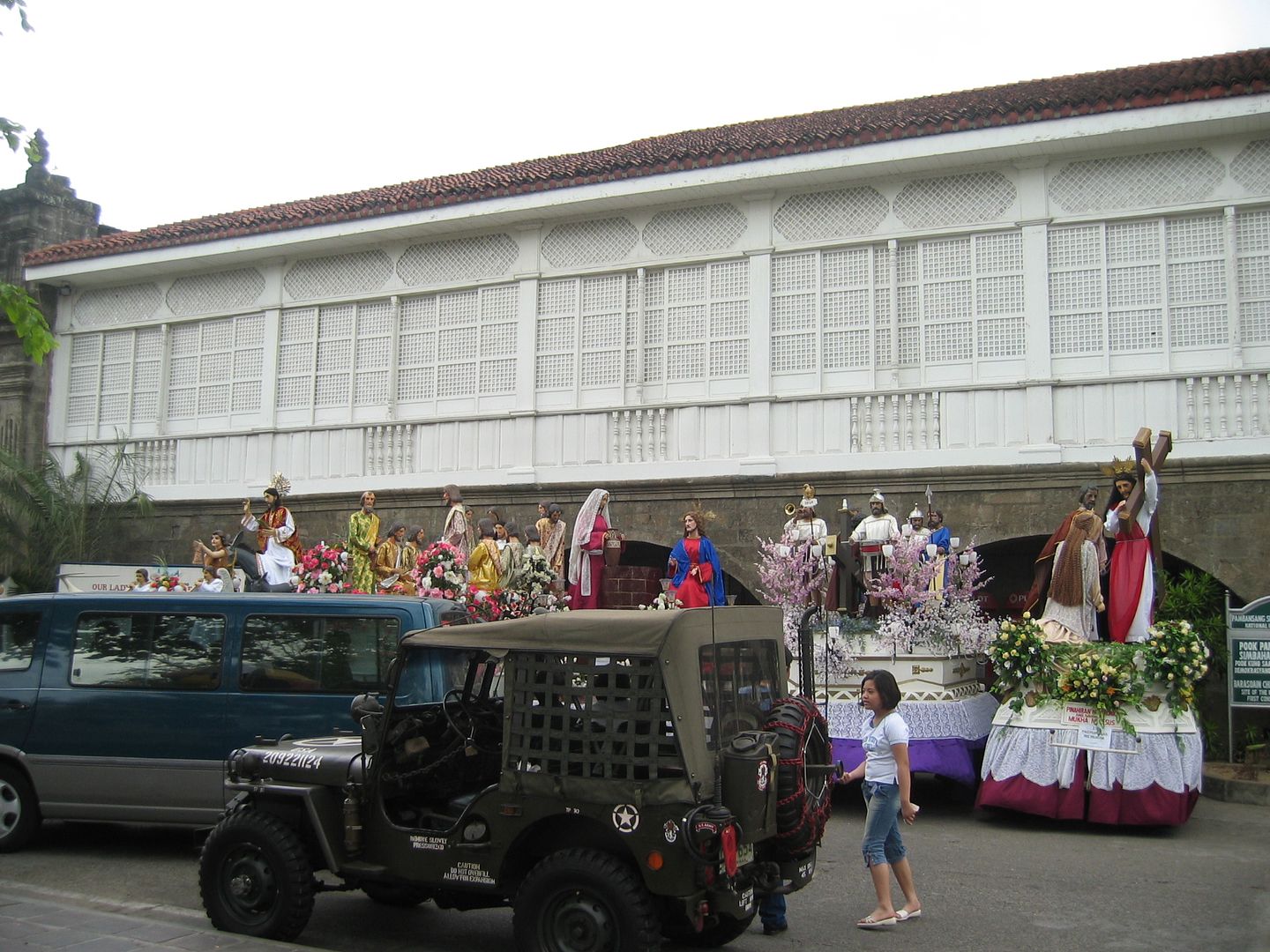

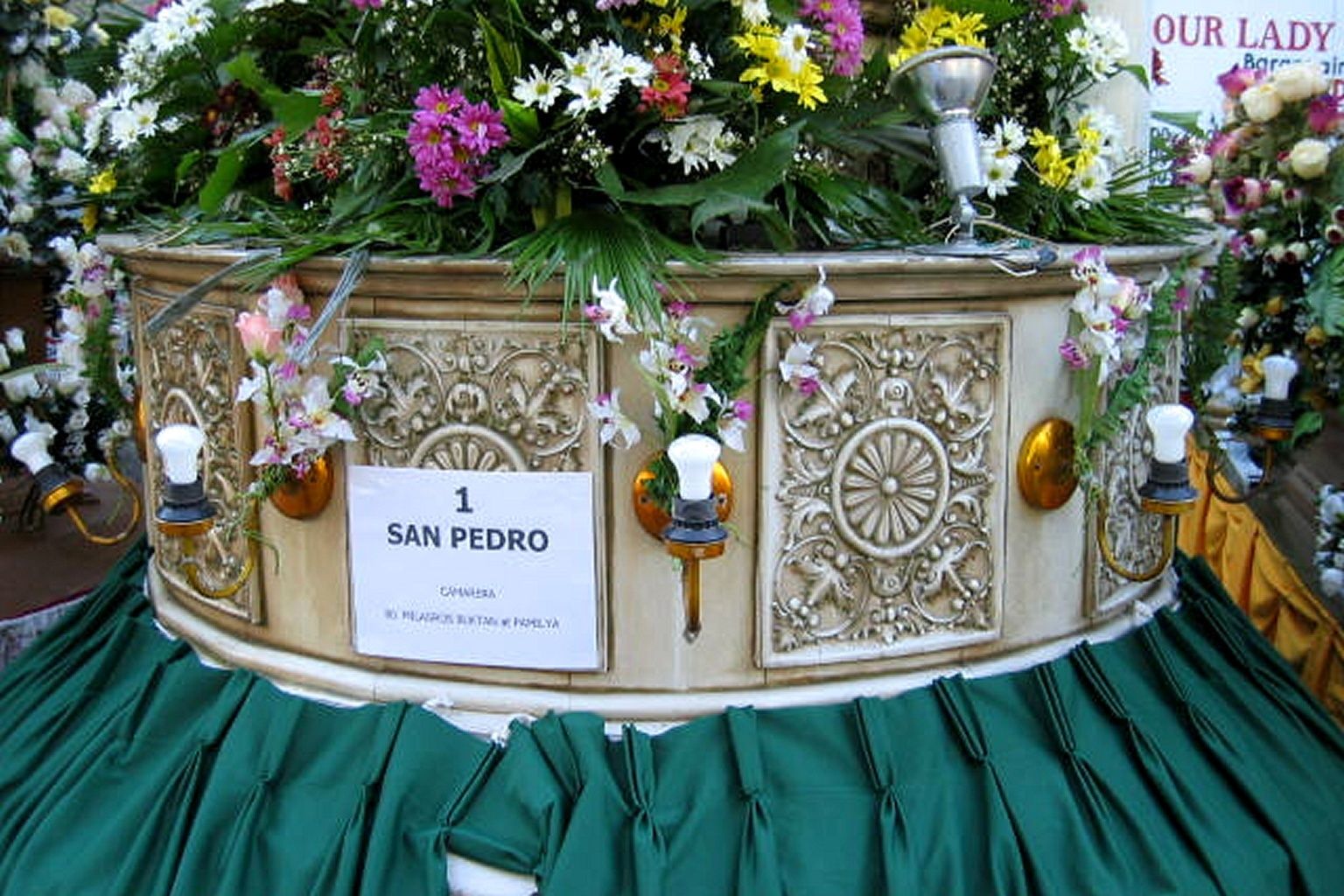
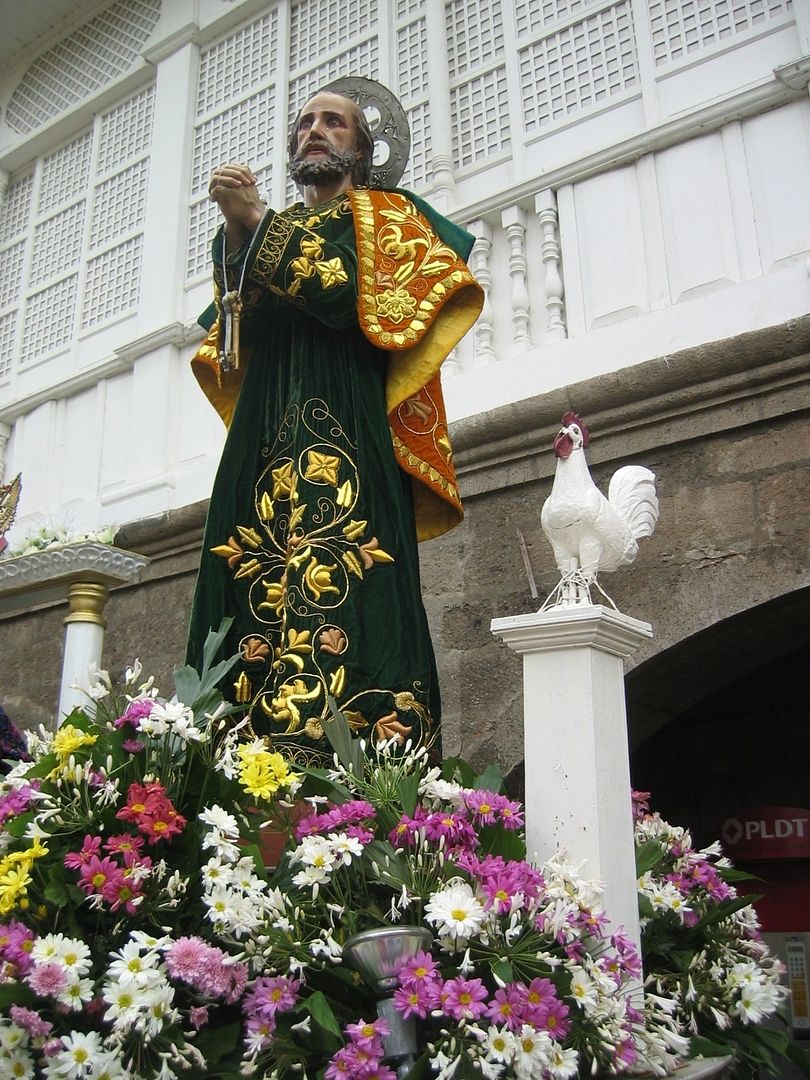
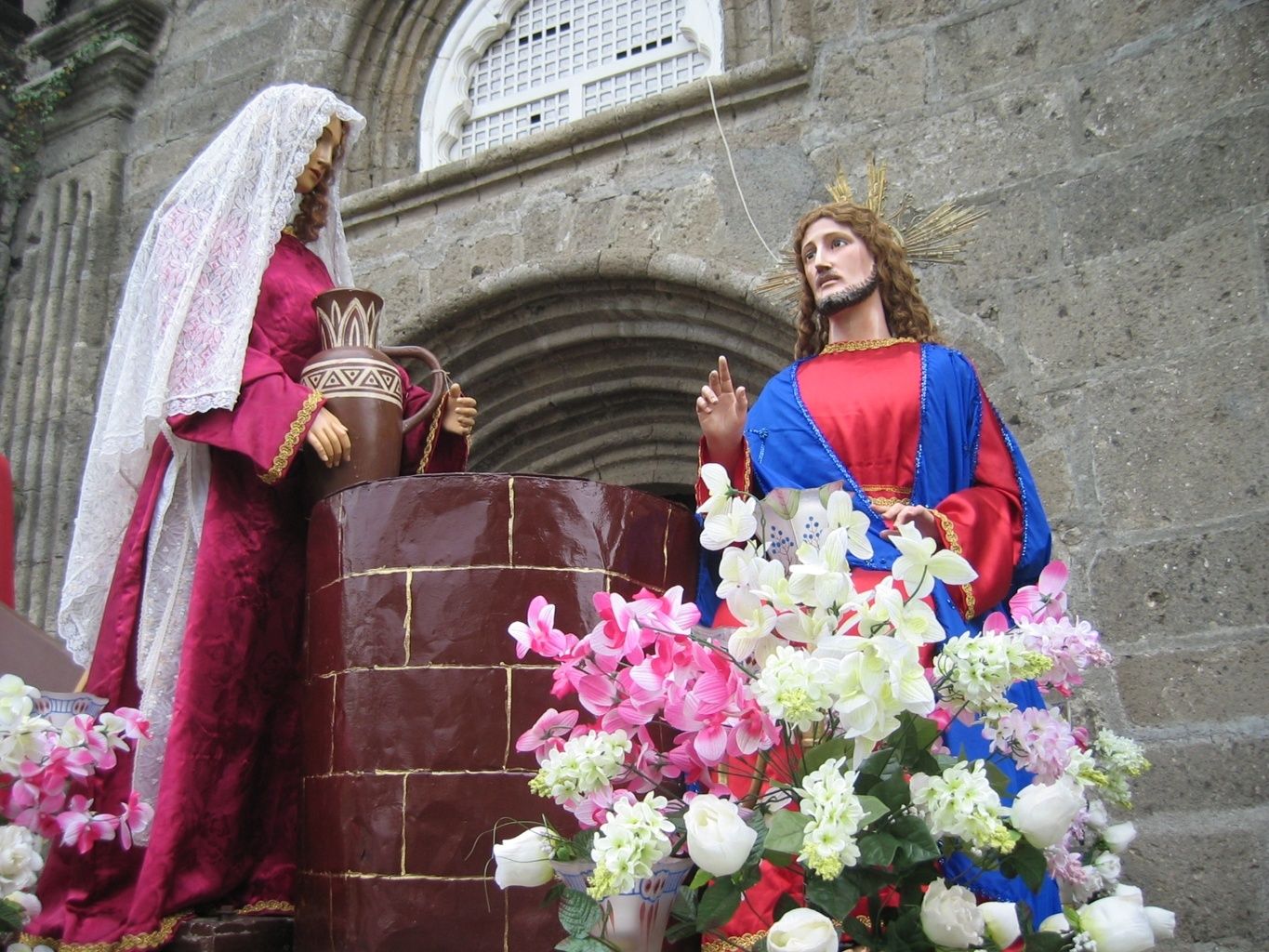

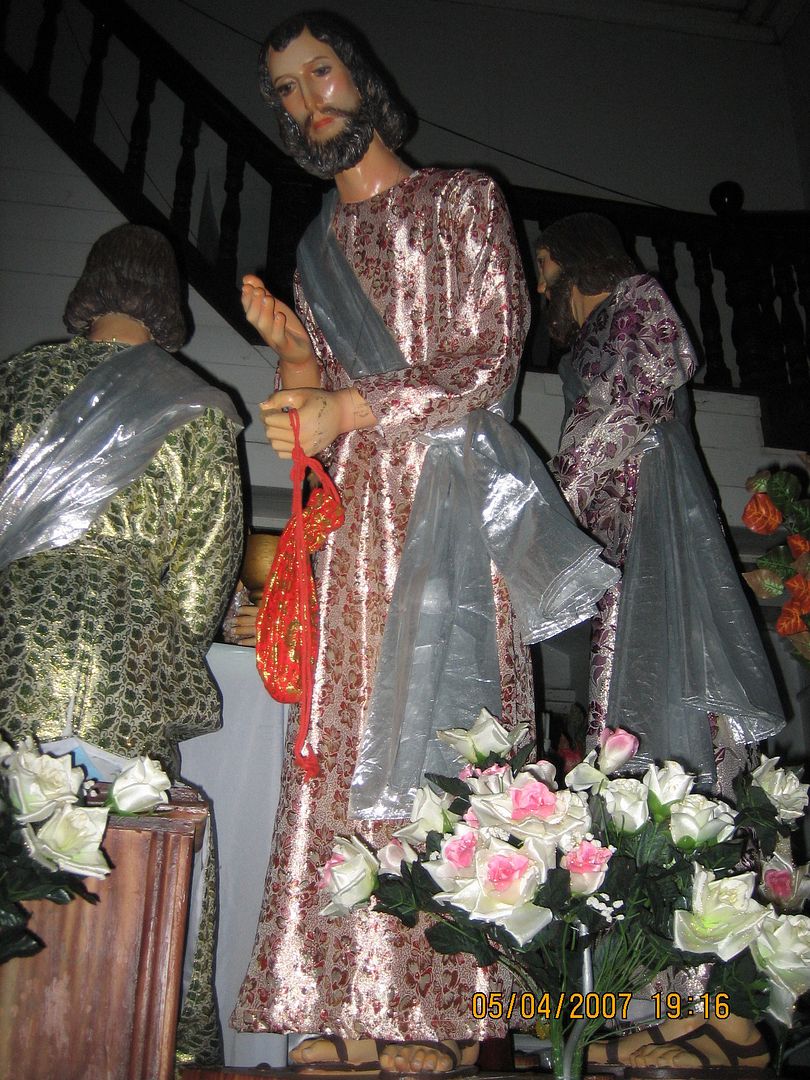

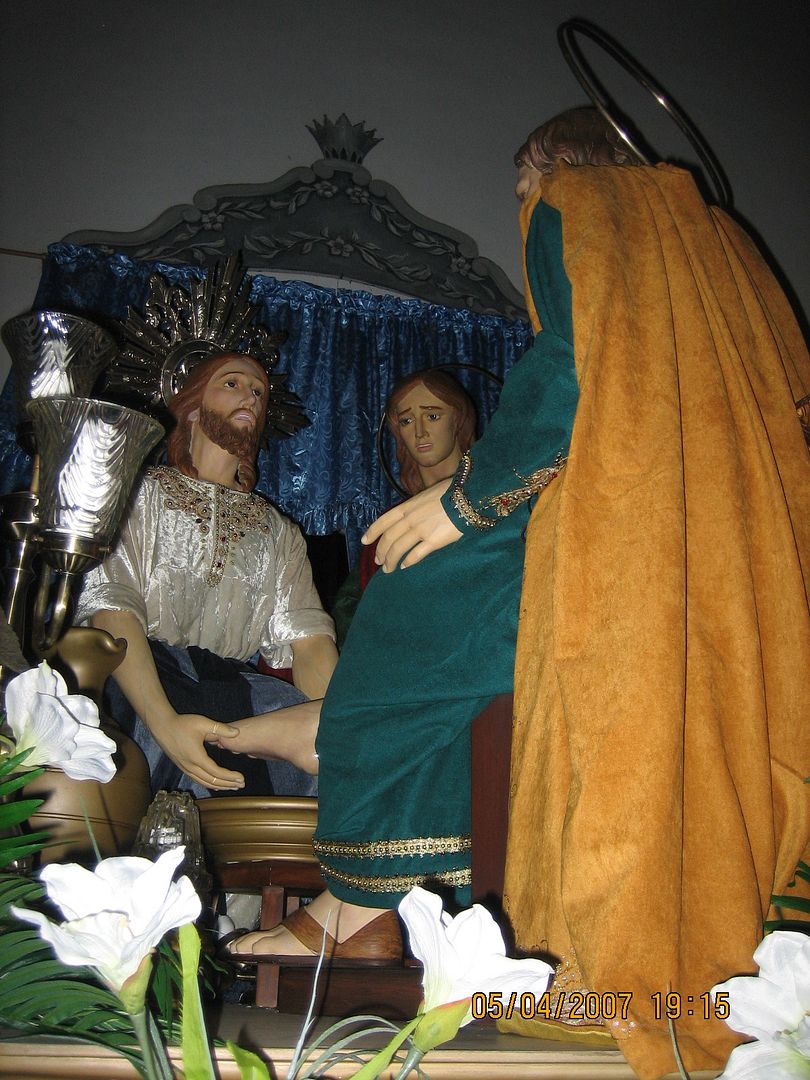

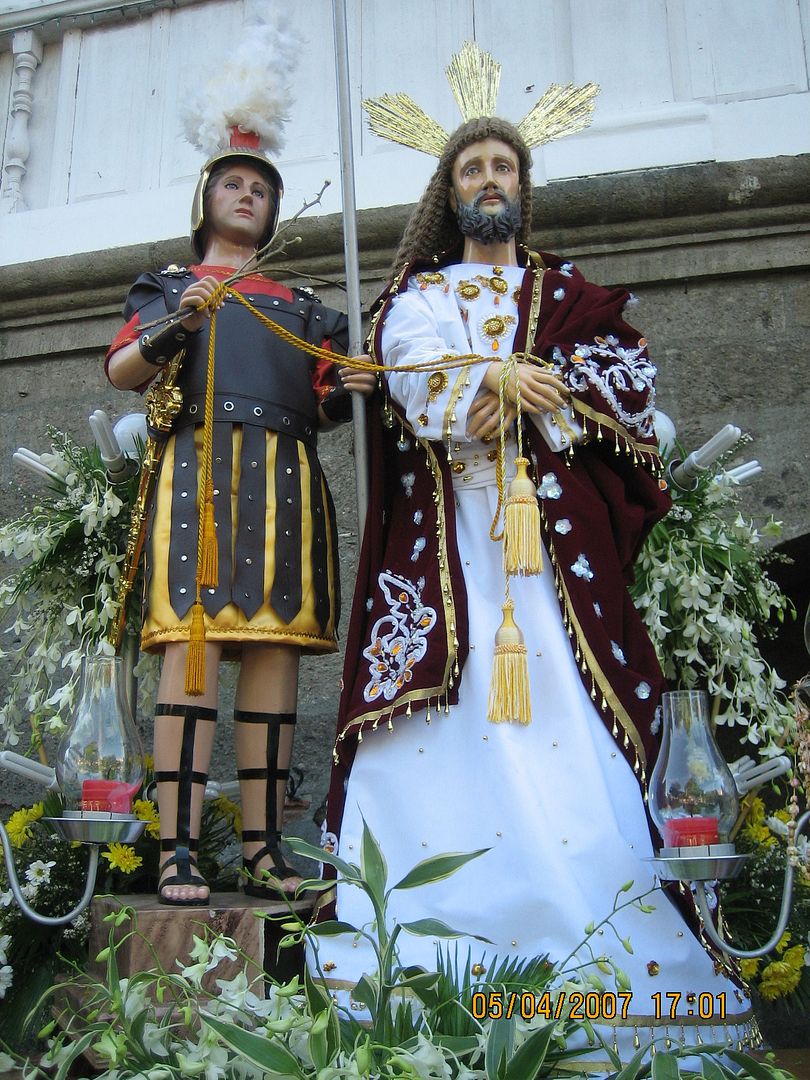


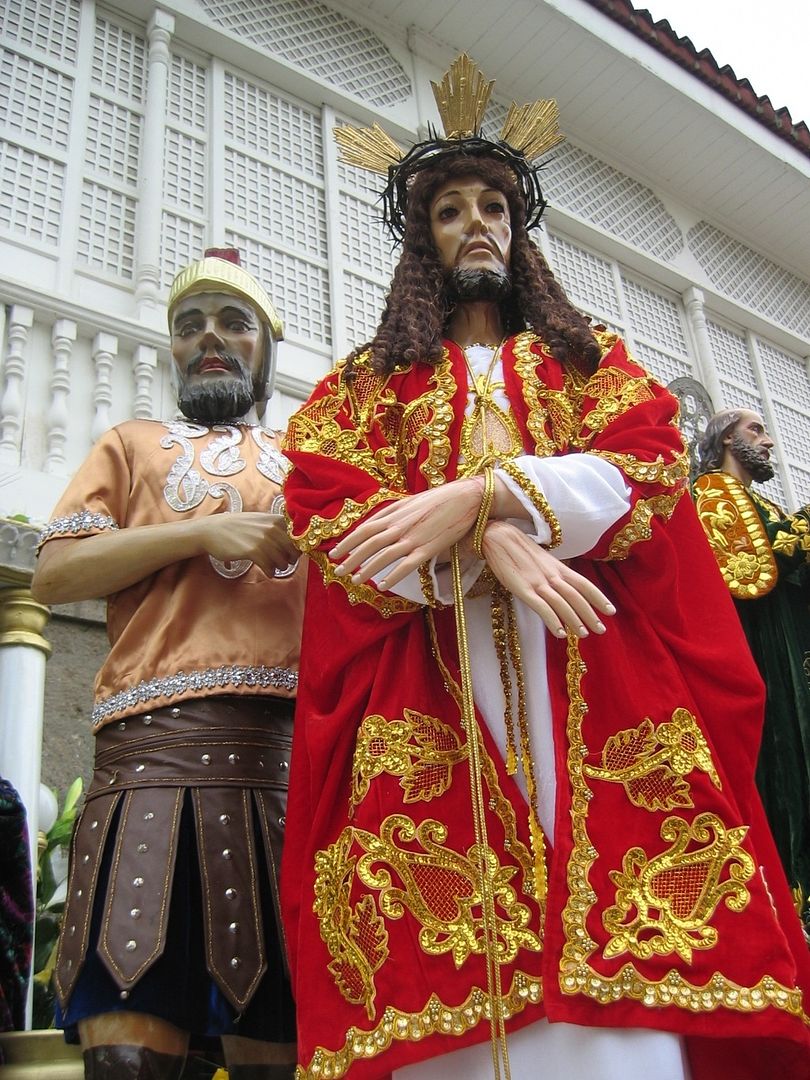
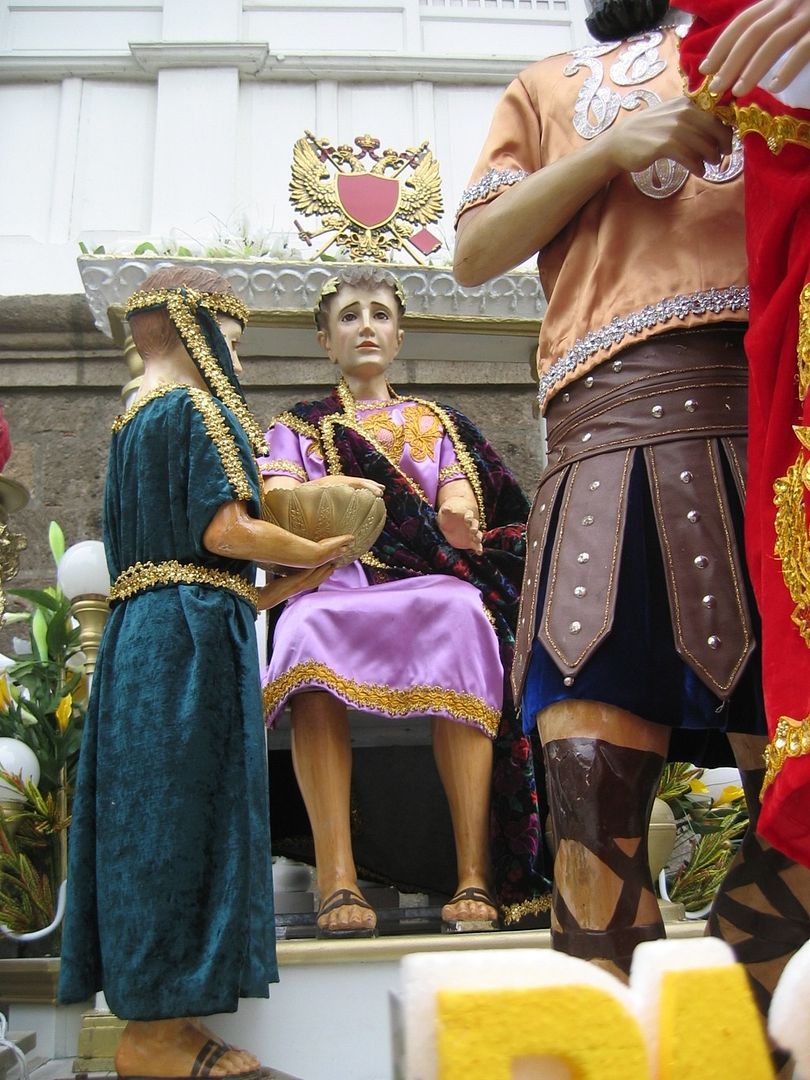
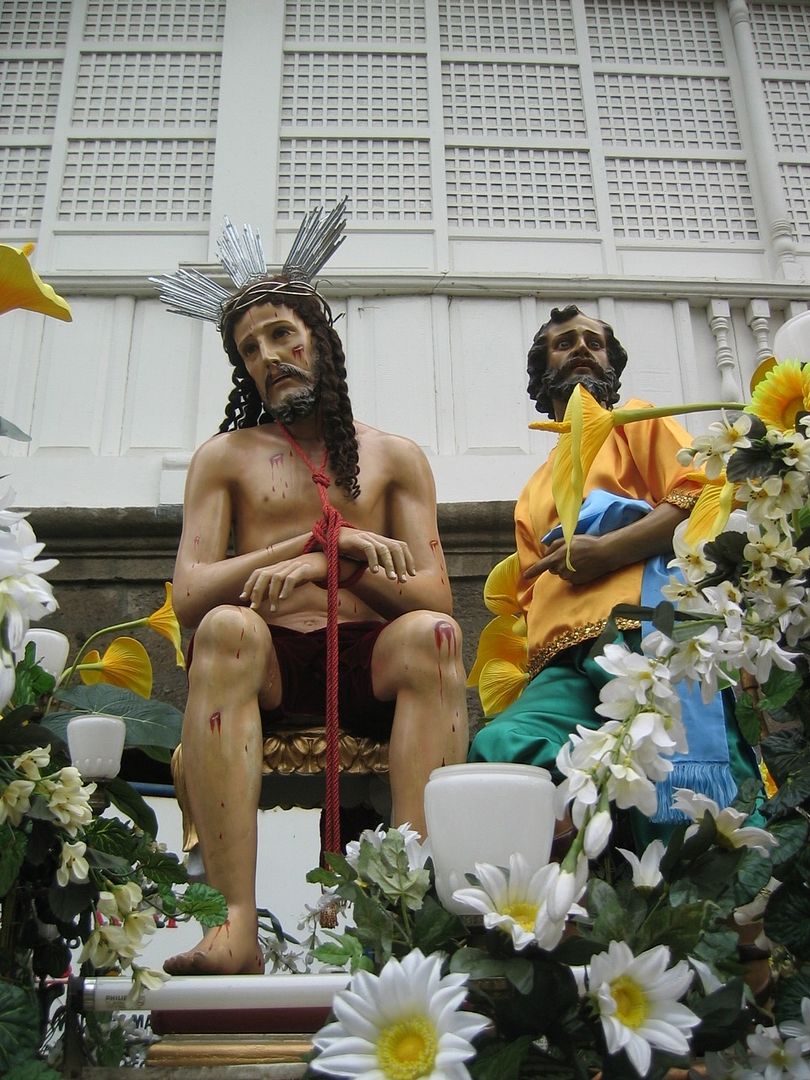
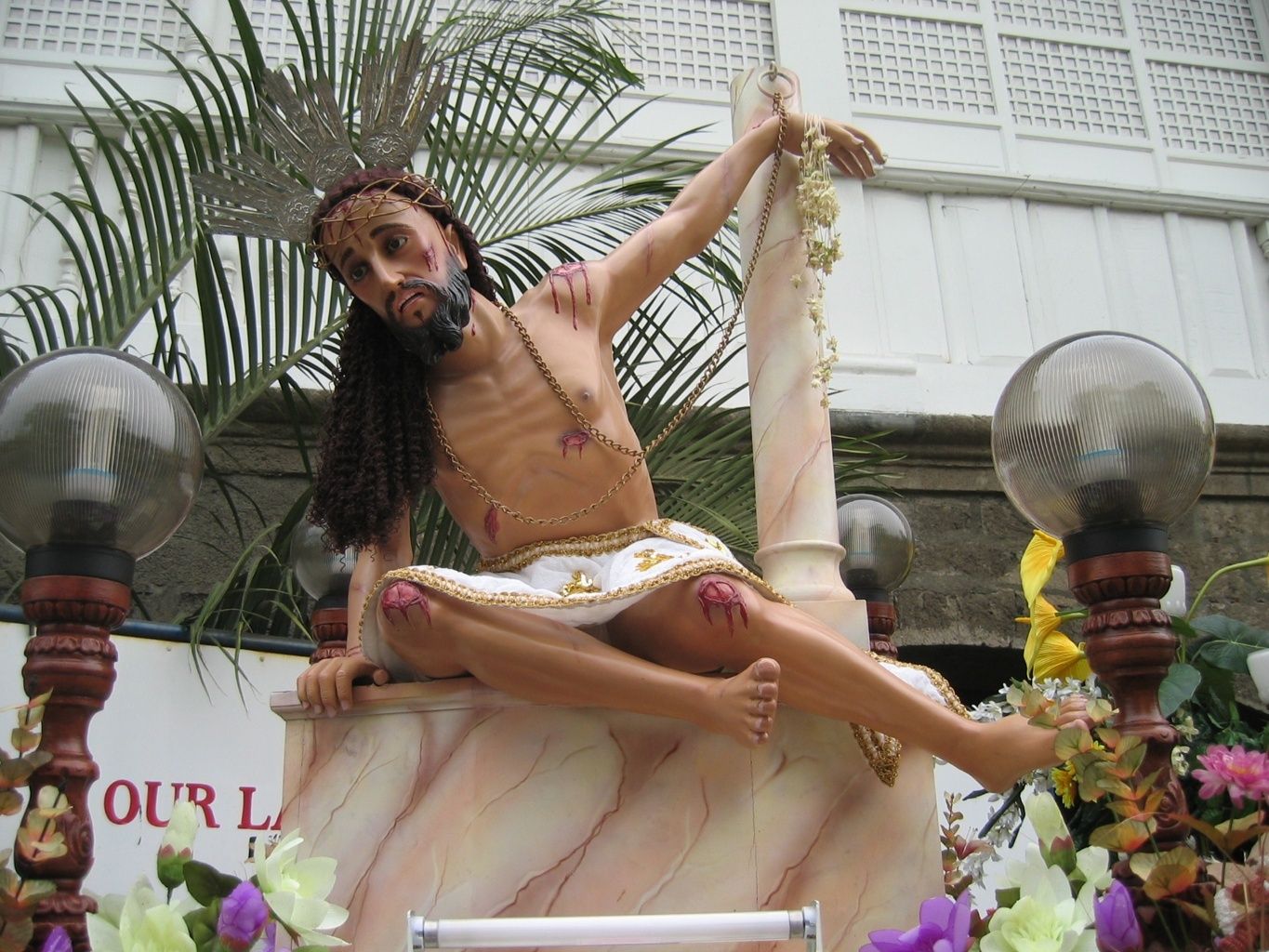
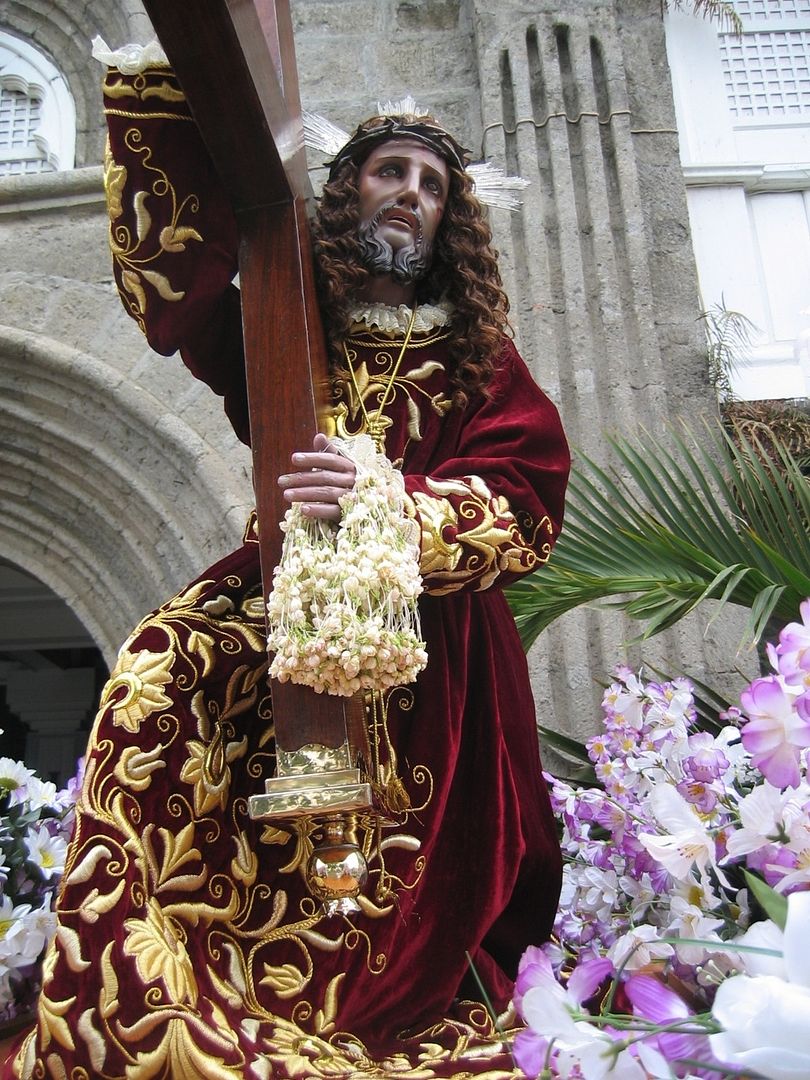
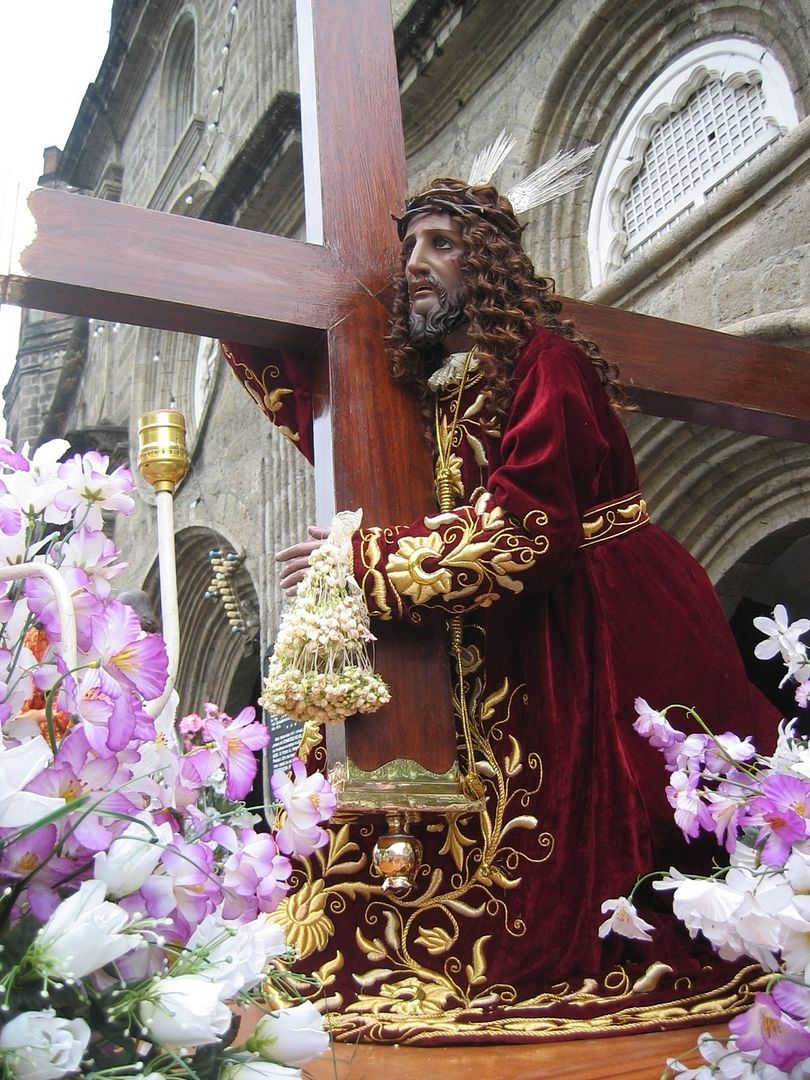
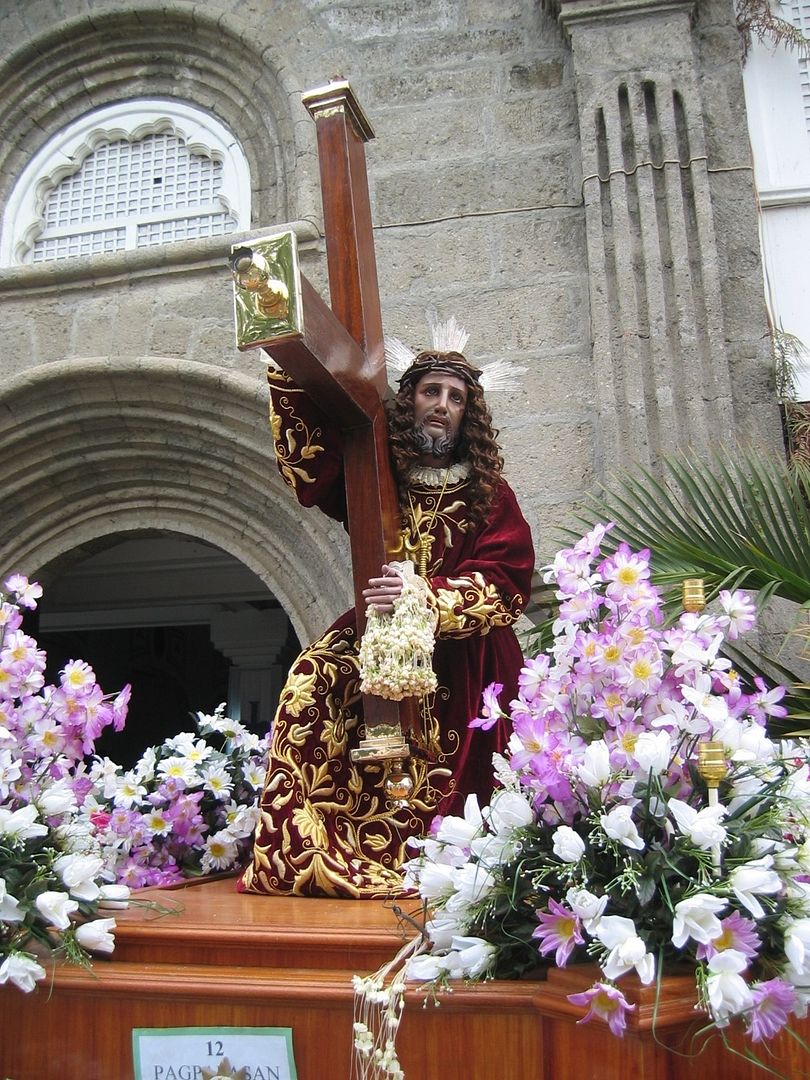
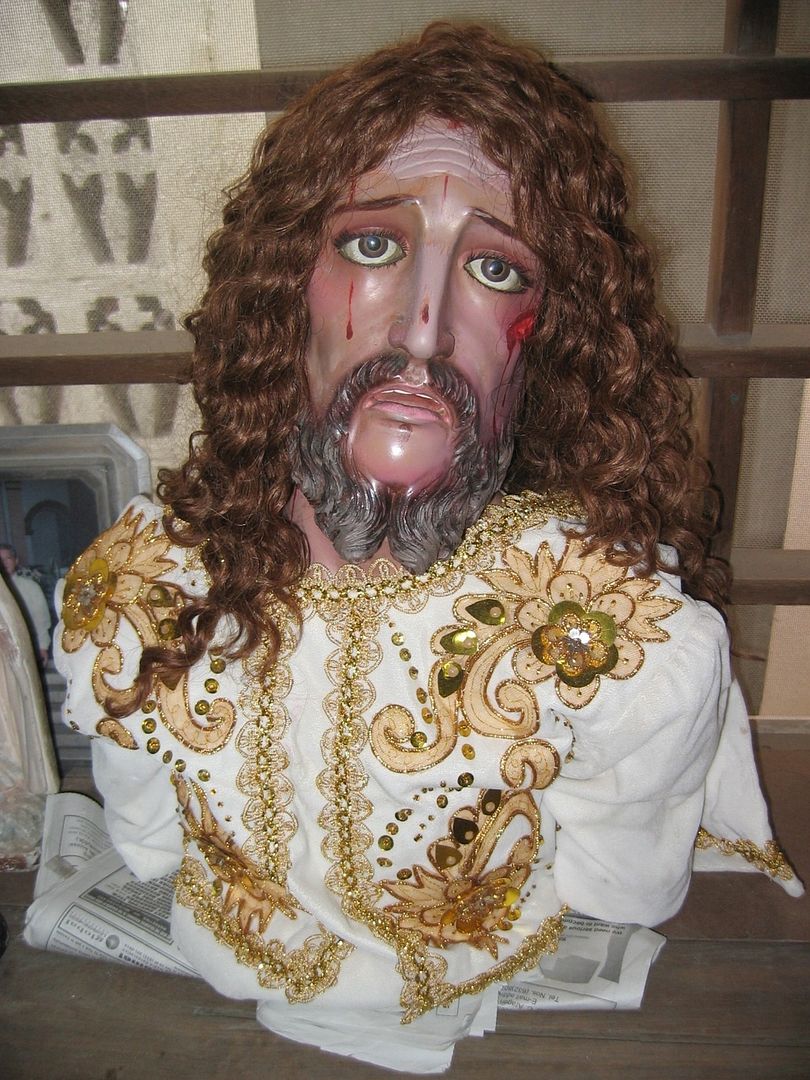

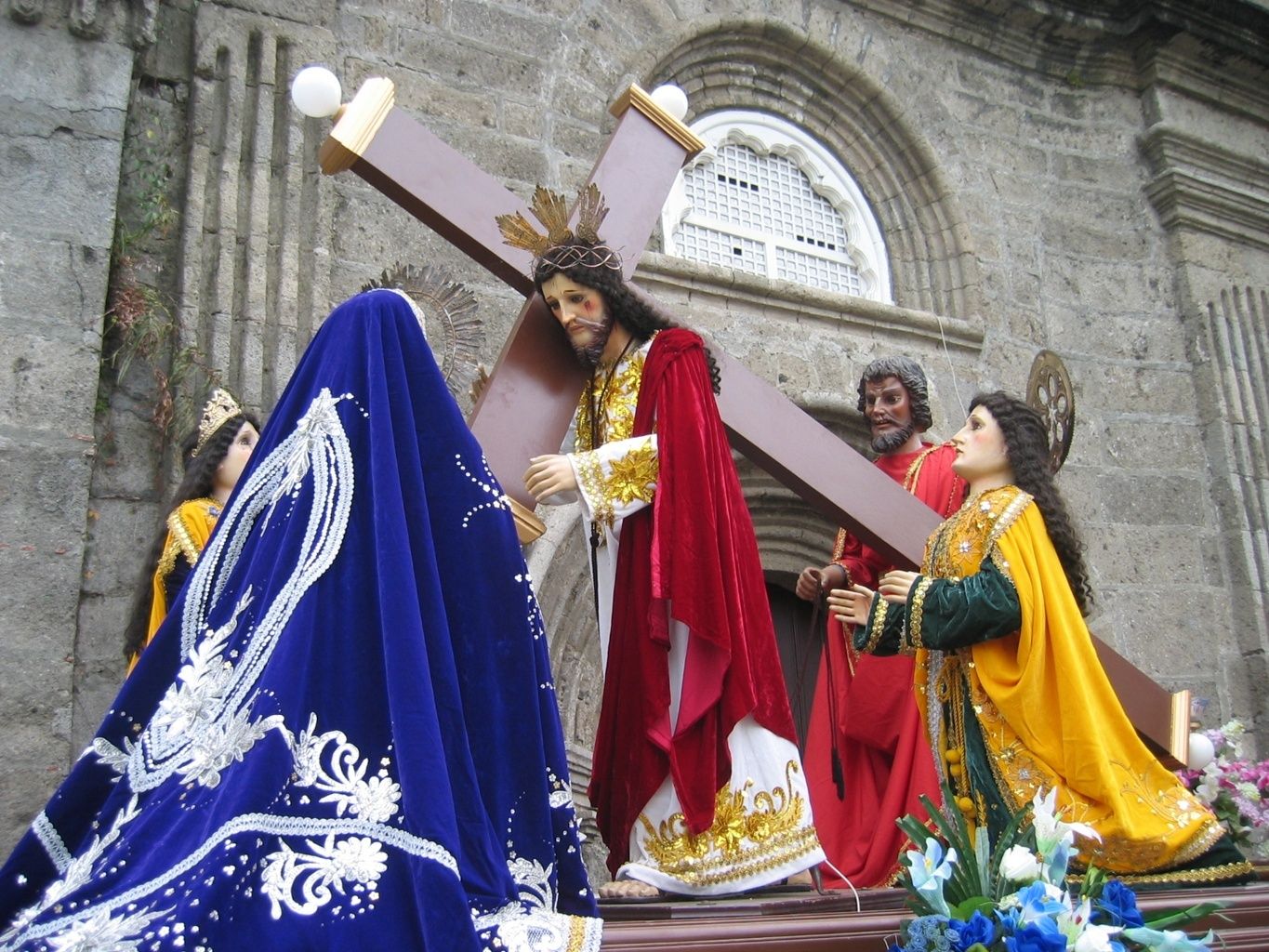
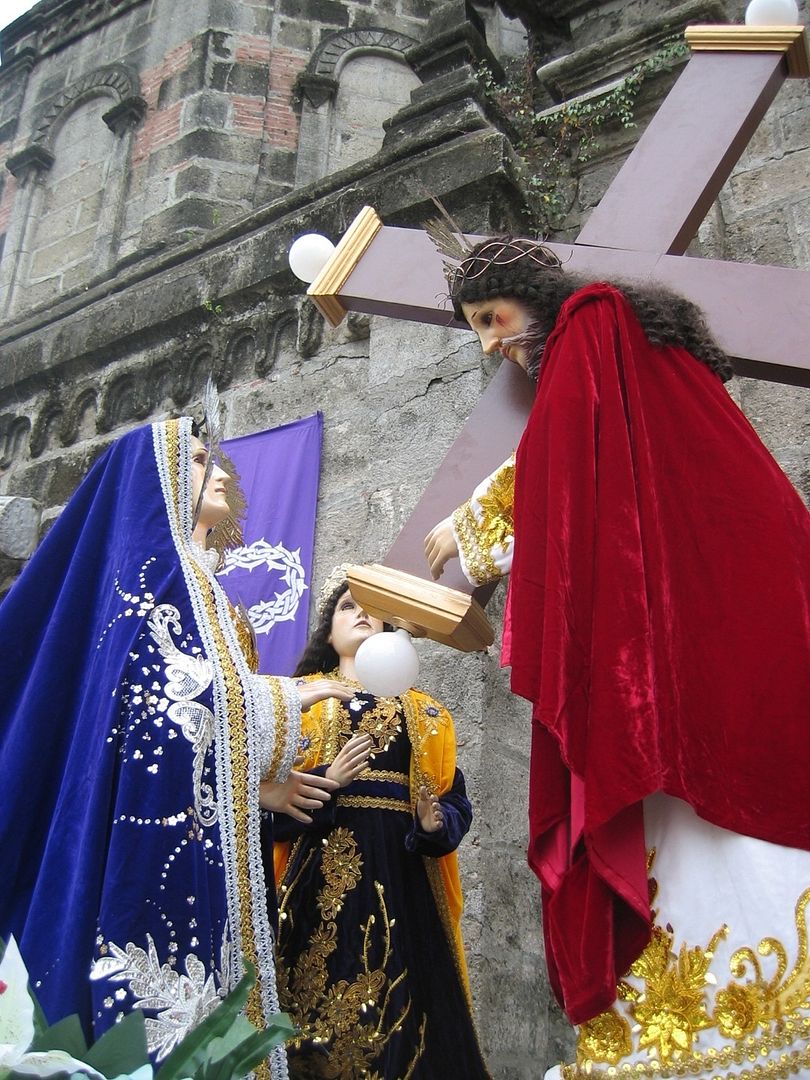
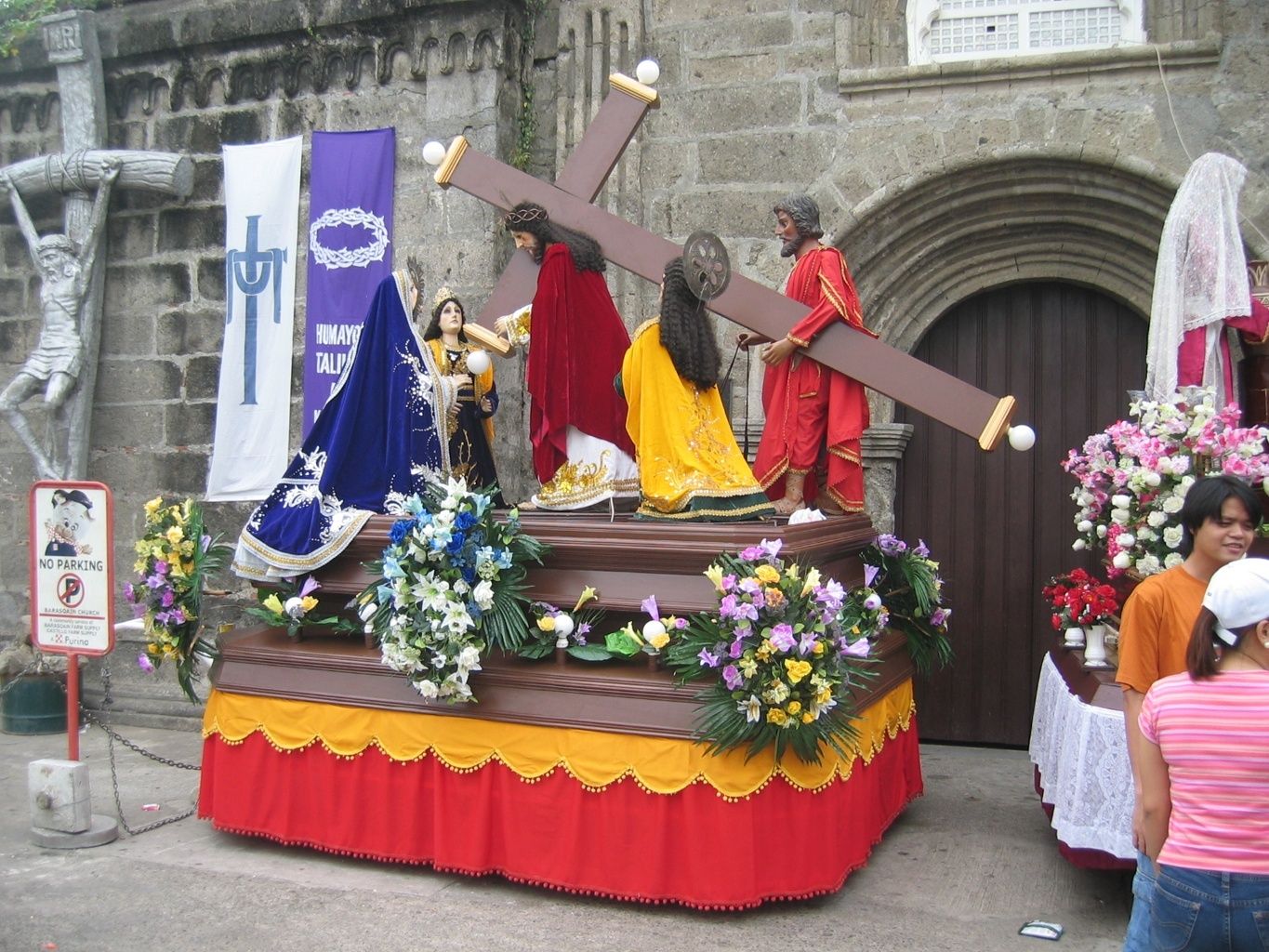
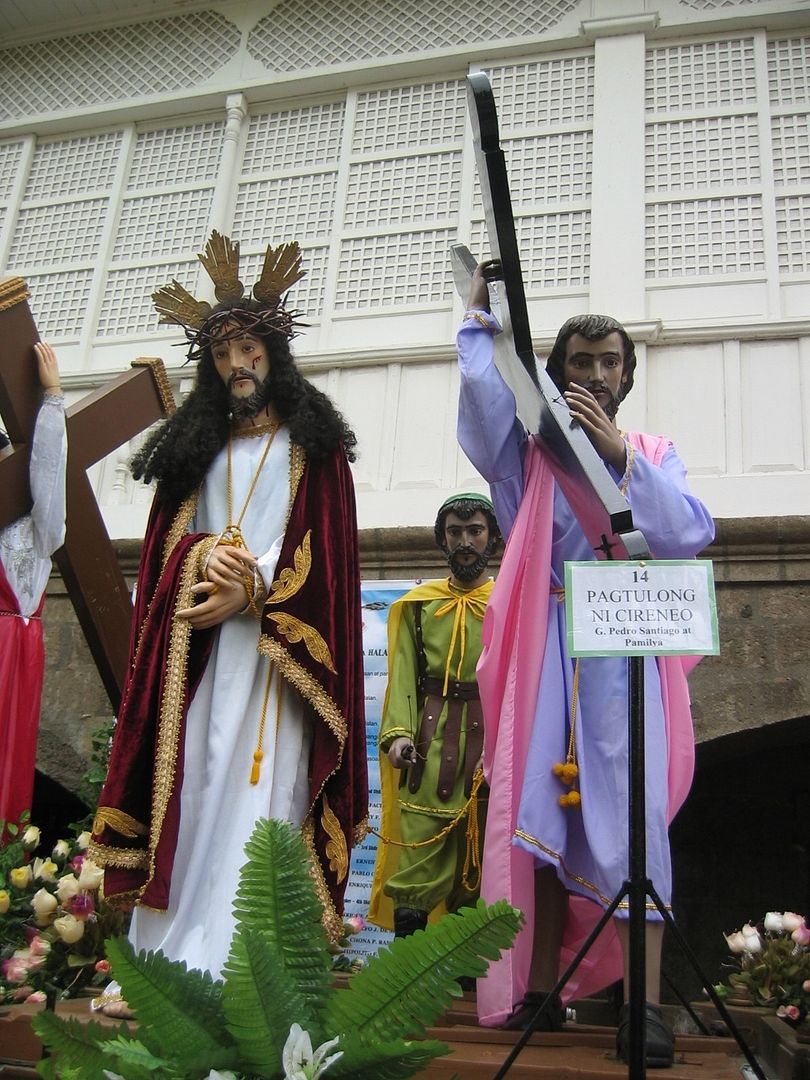
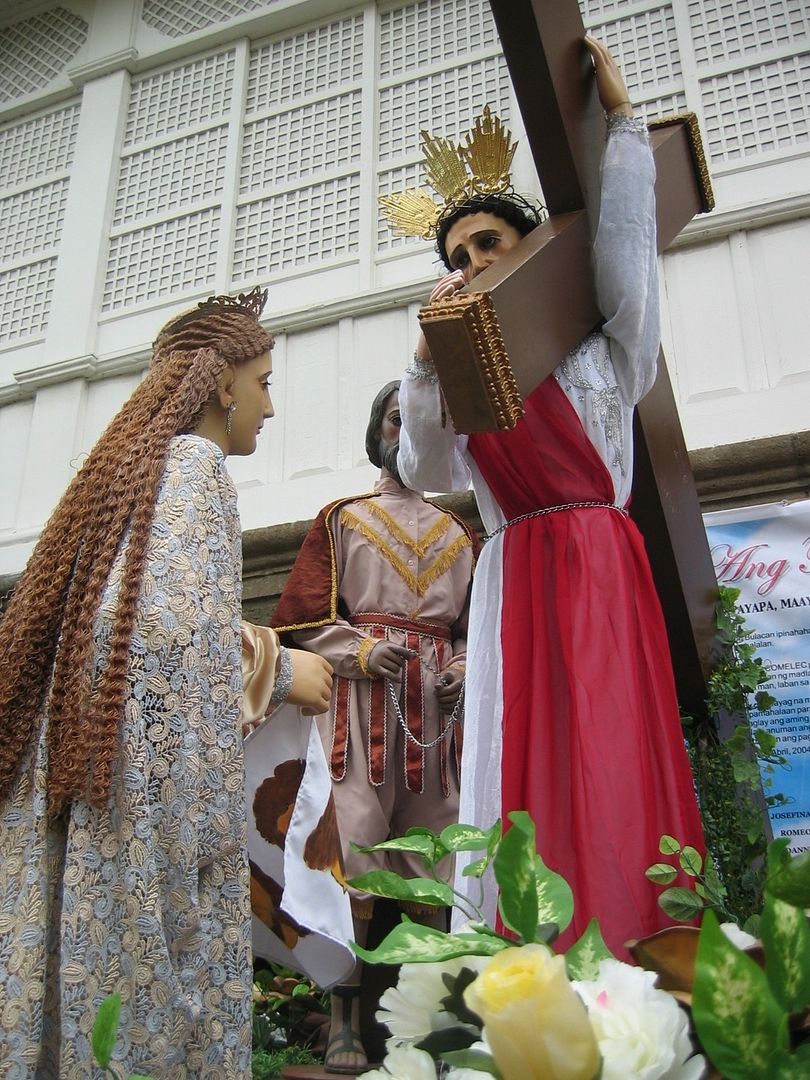
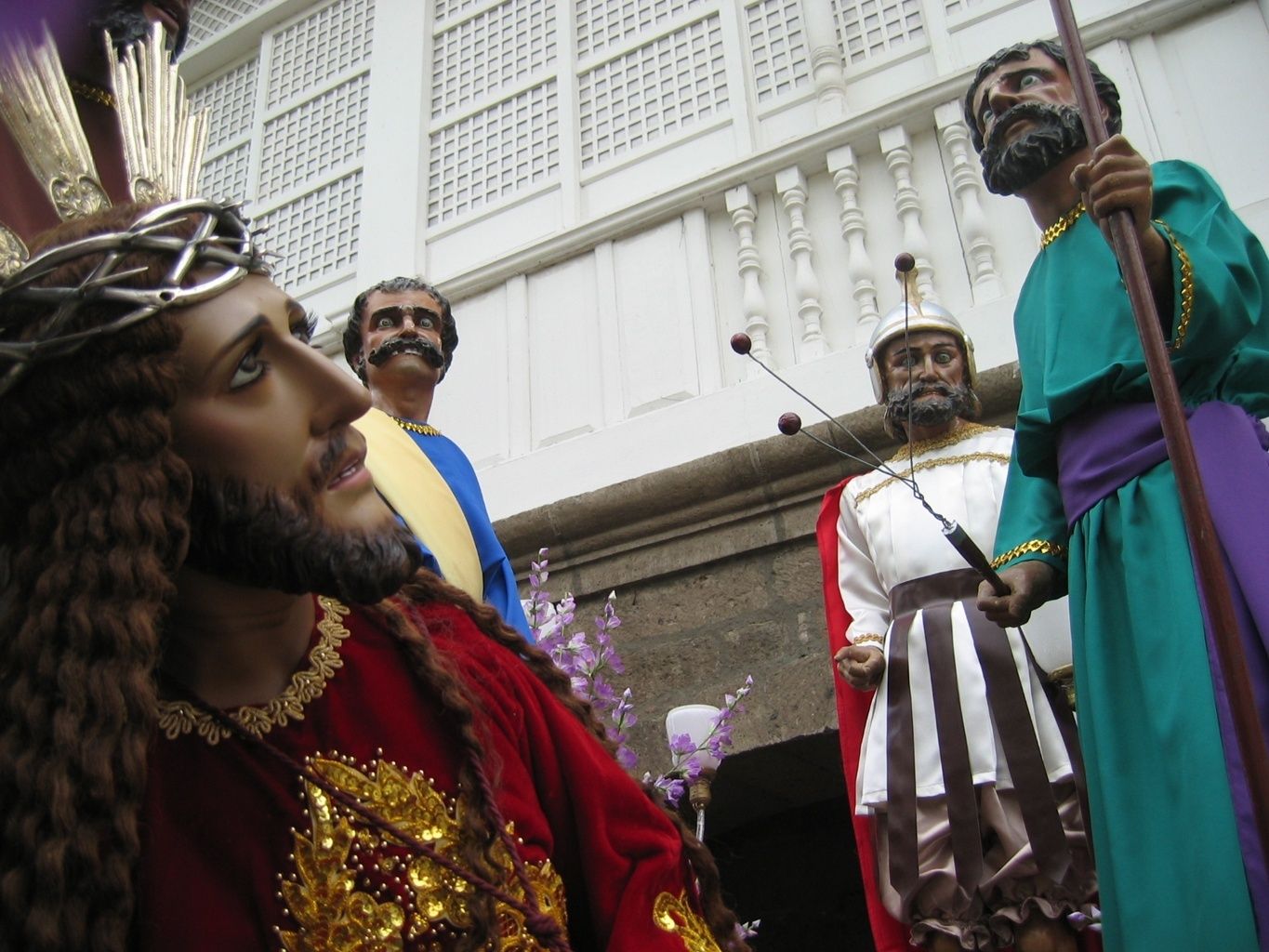
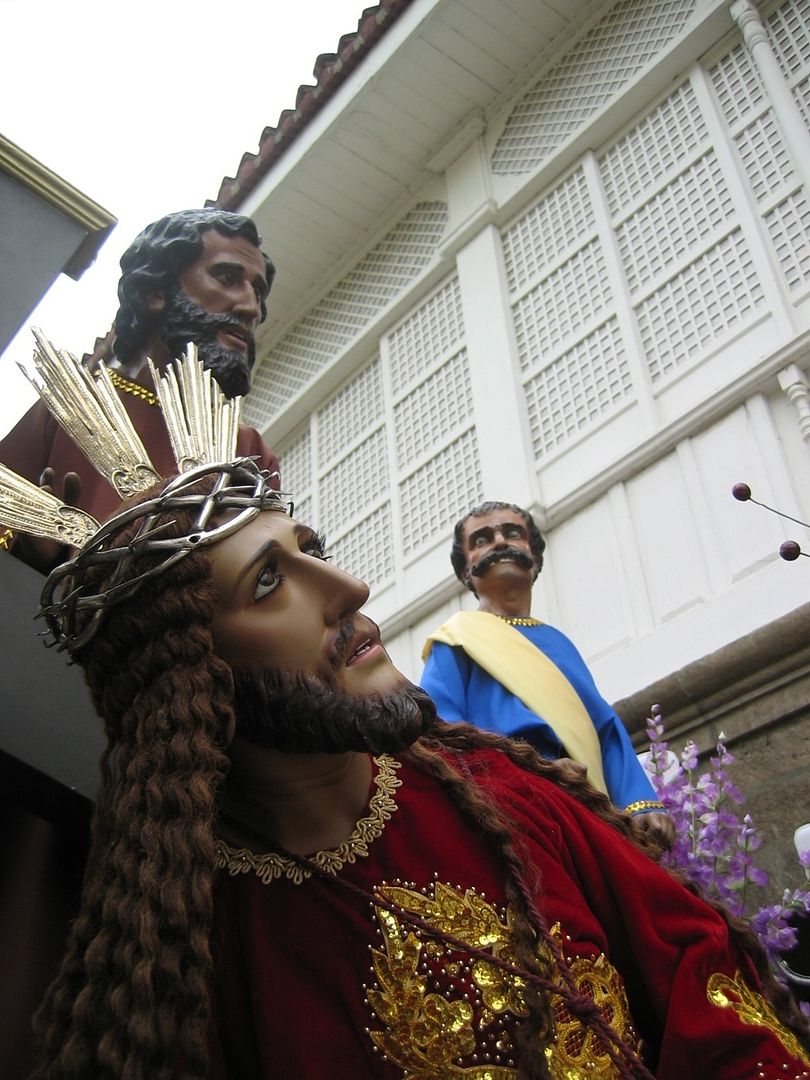


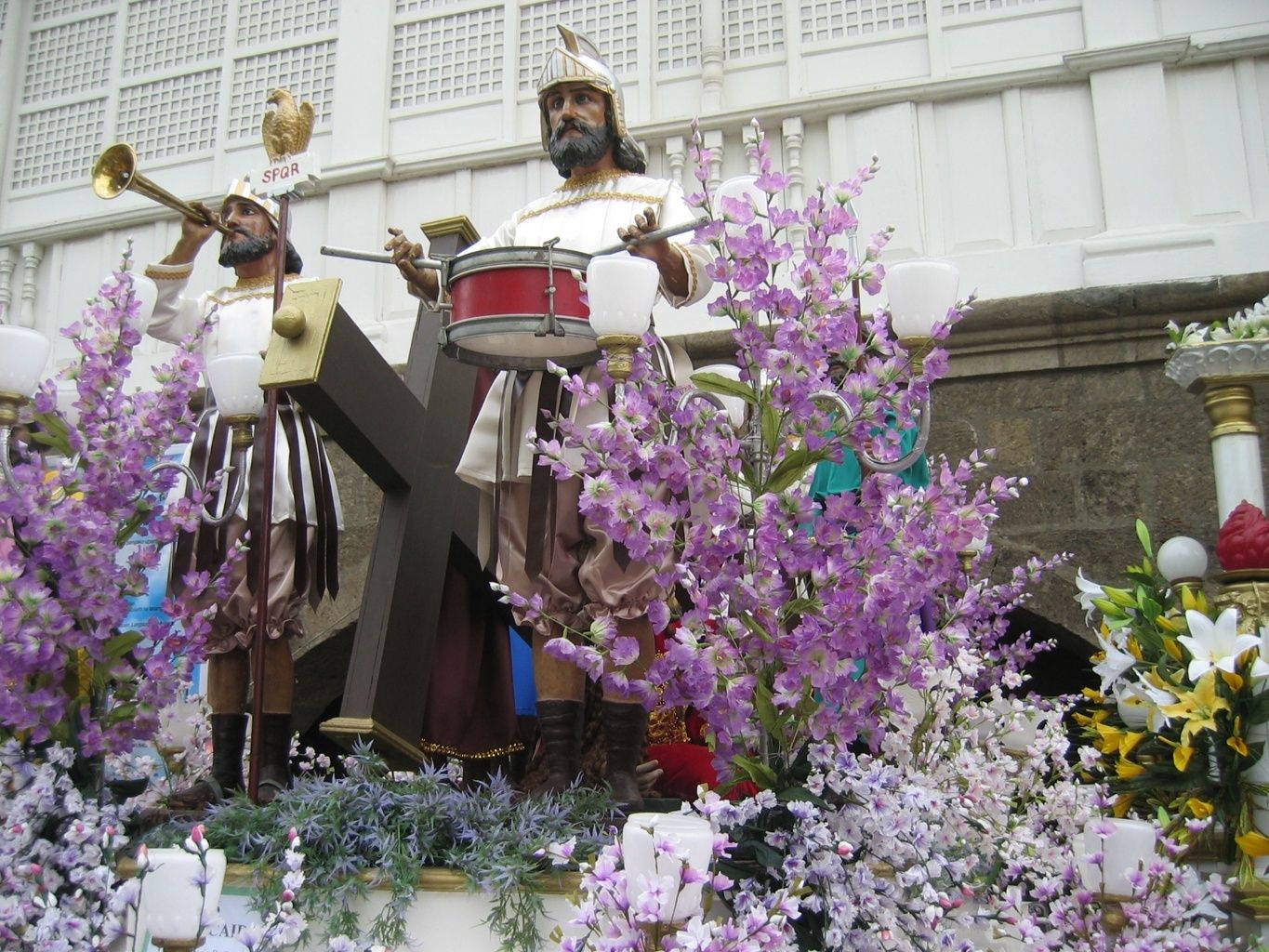
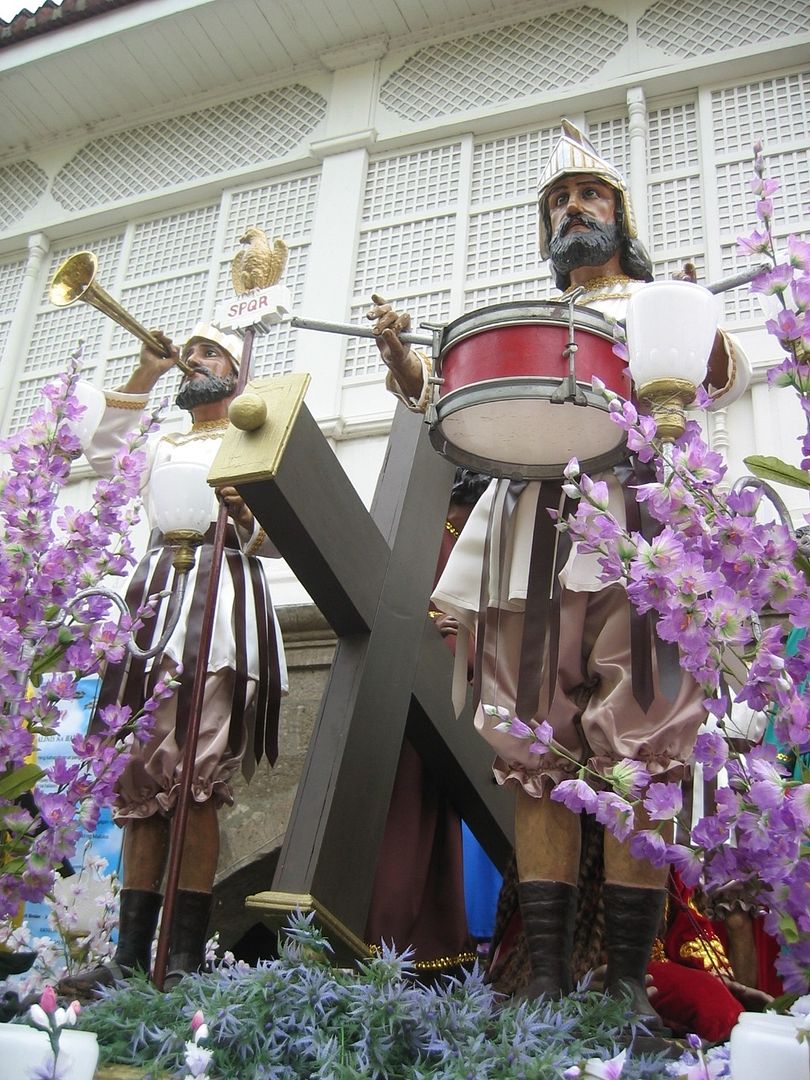
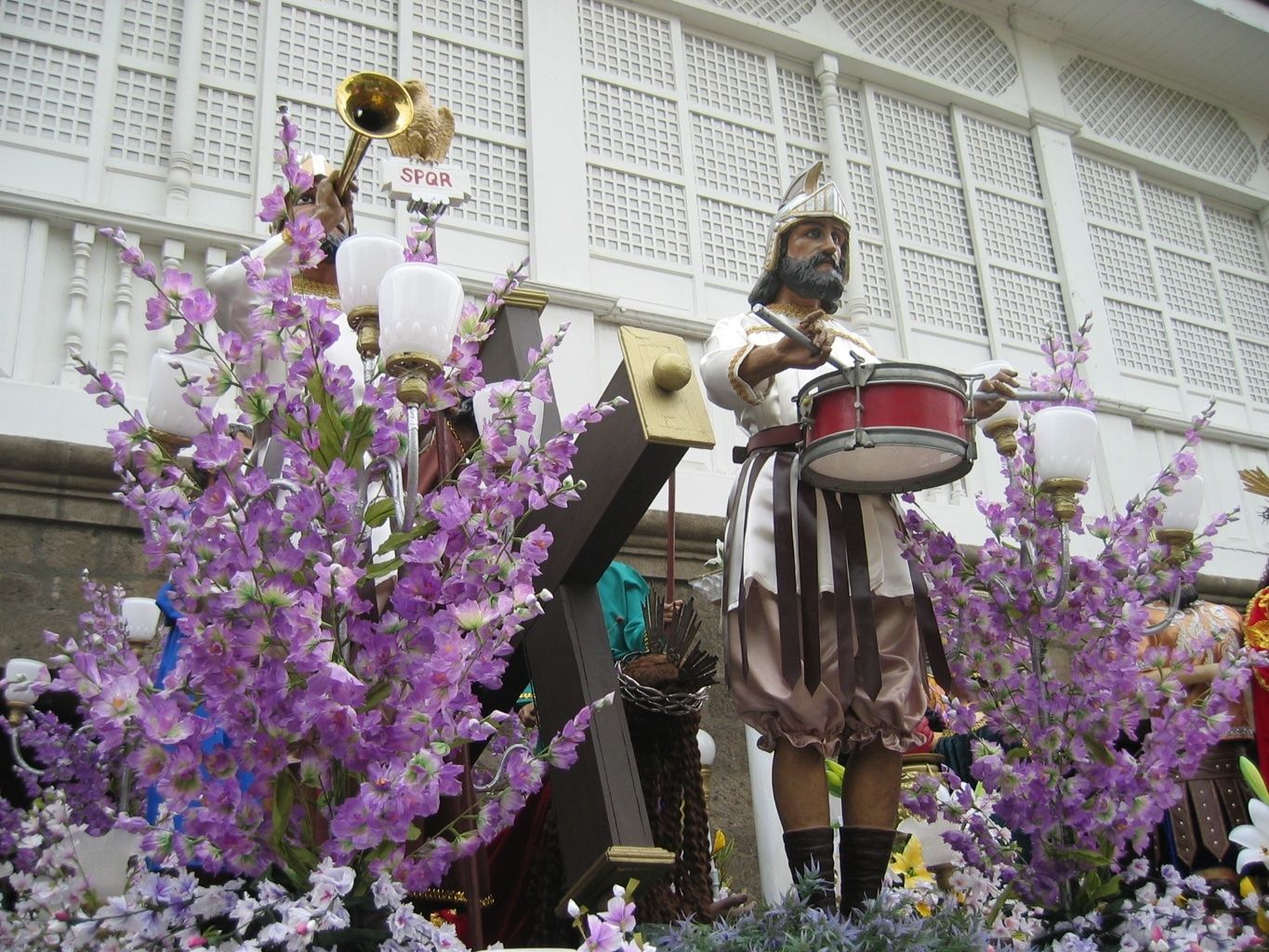
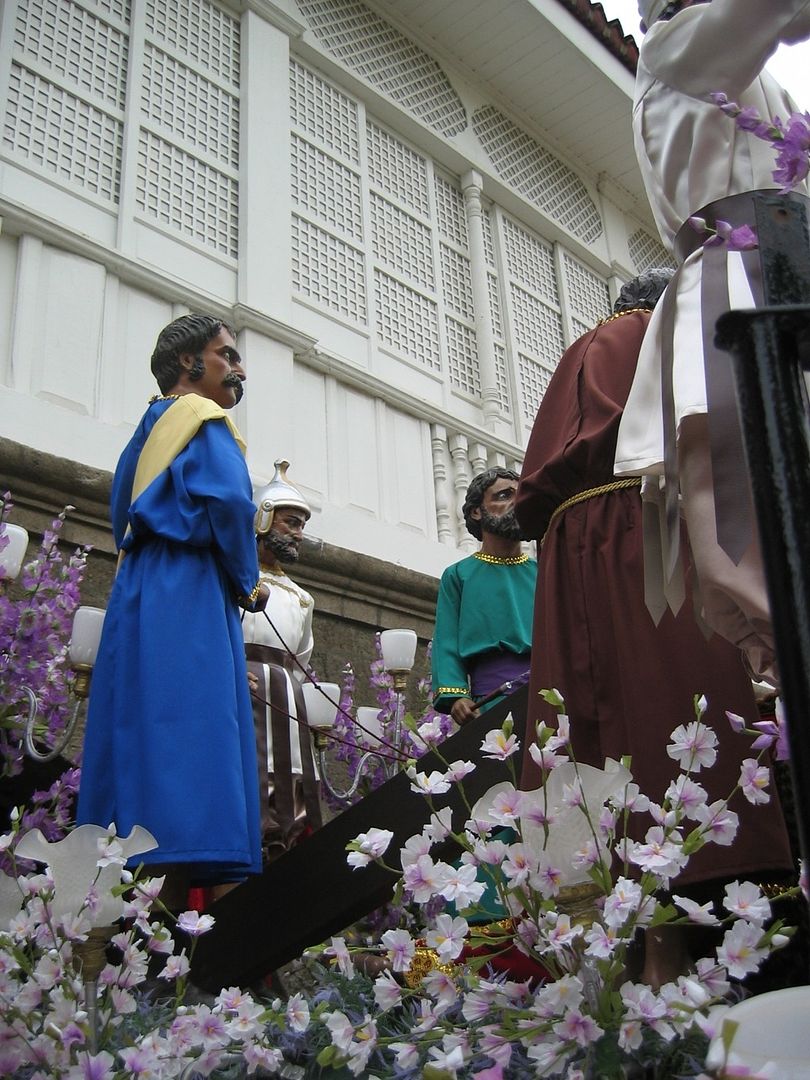
No comments:
Post a Comment